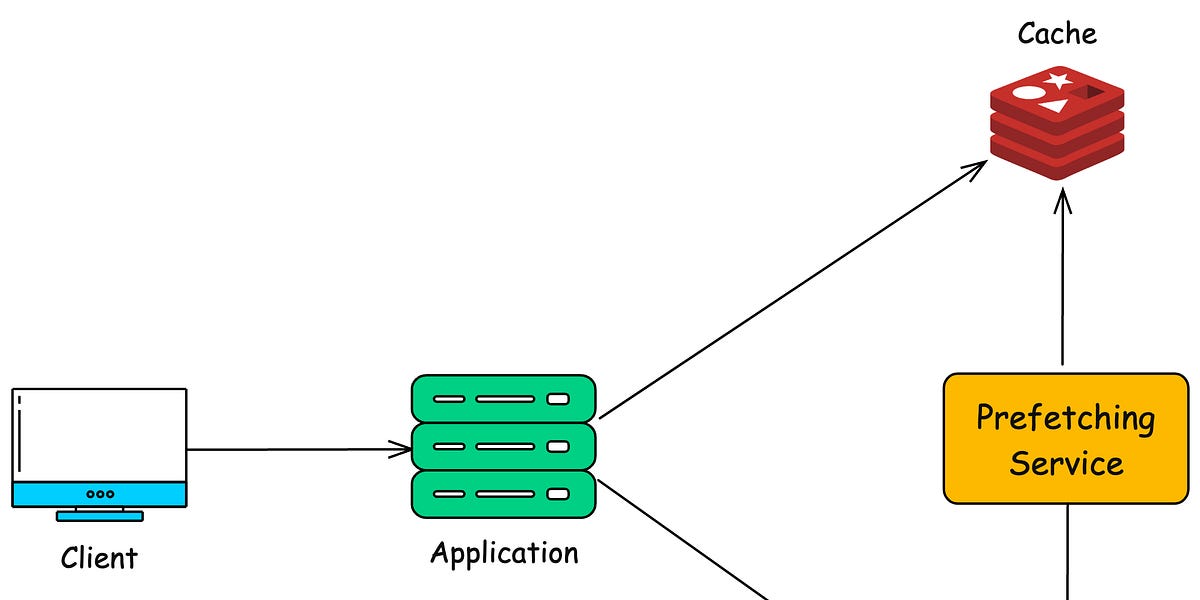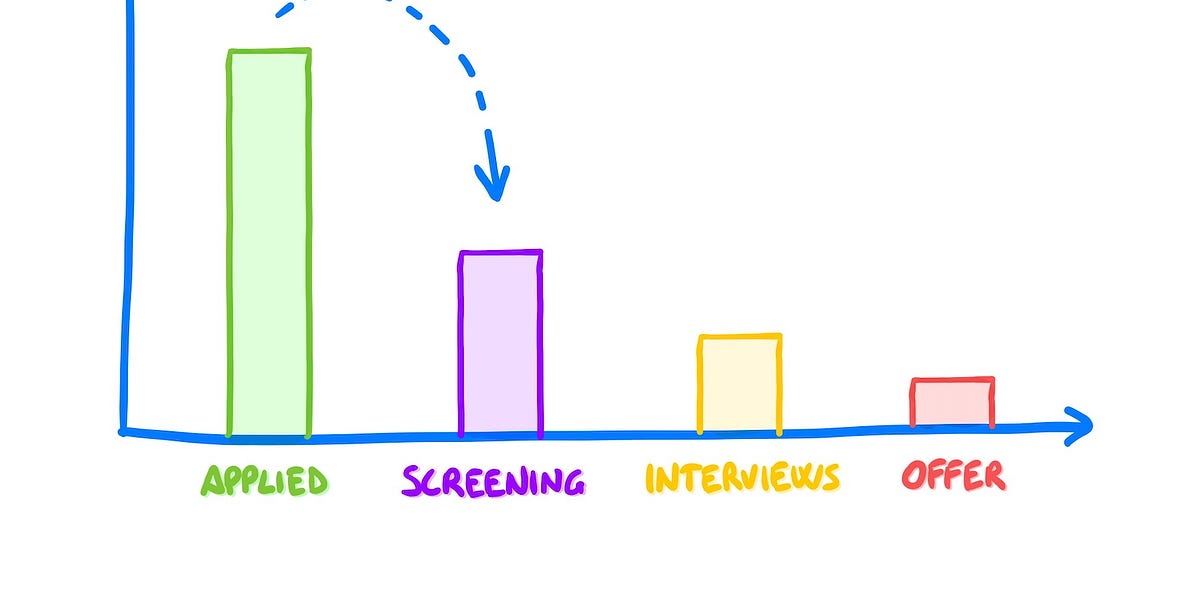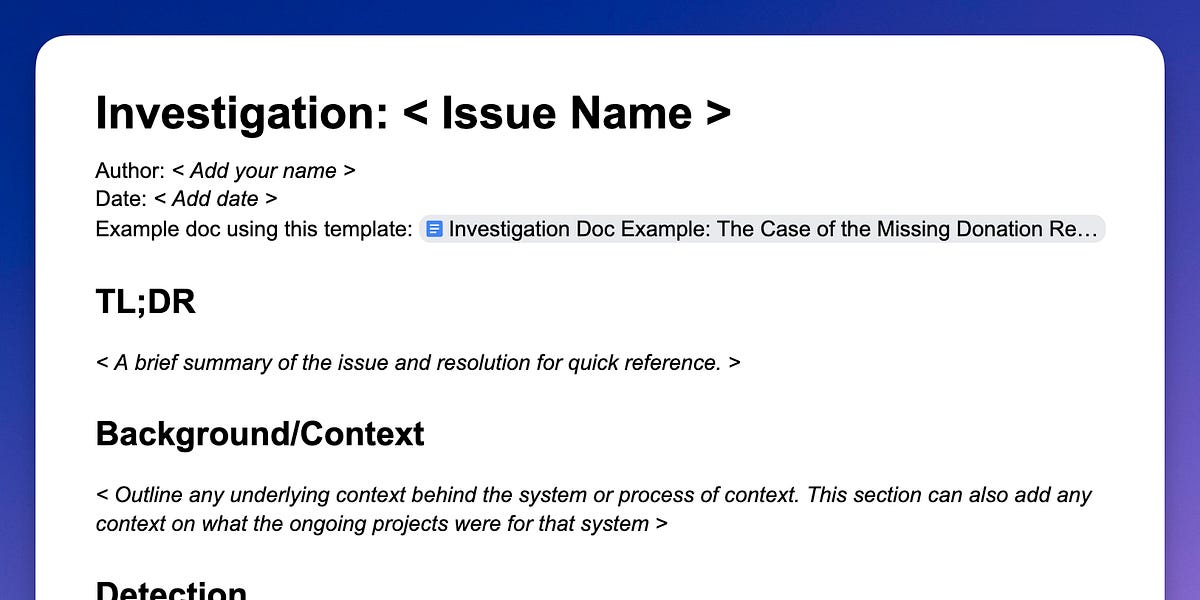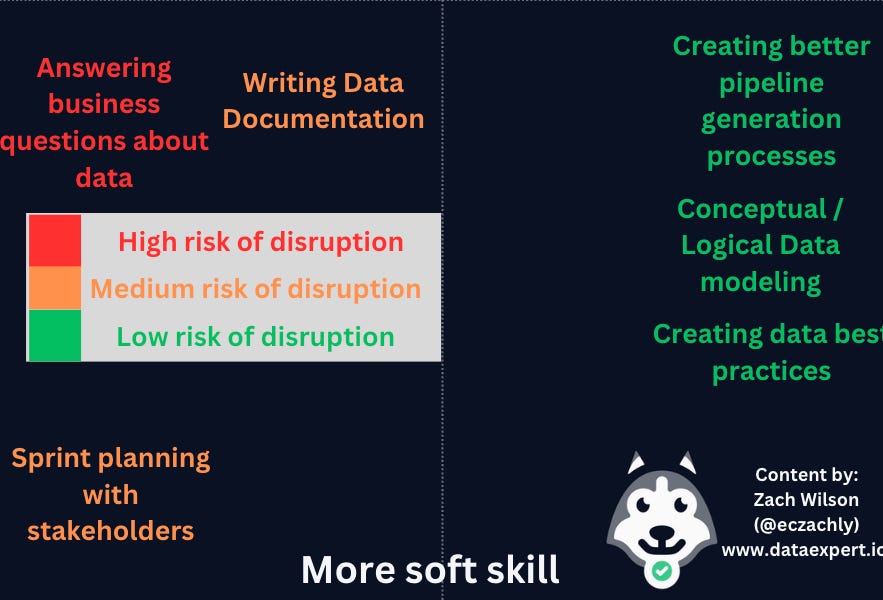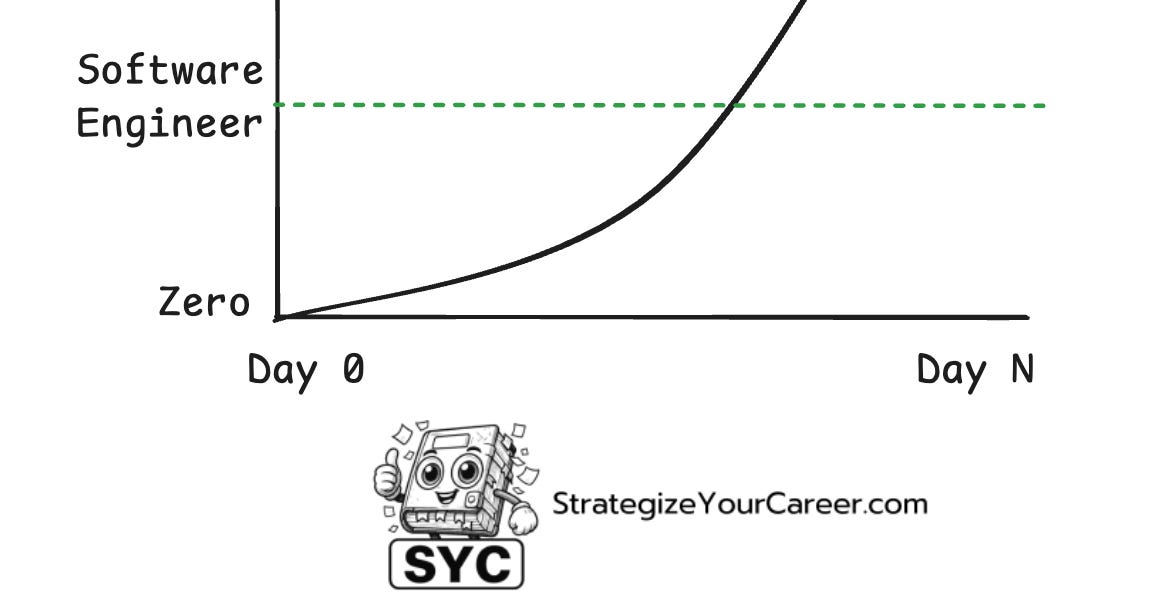
Happy Monday! ☀️
Welcome to the 483 new hungry minds who have joined us since last Monday!
If you aren't subscribed yet, join smart, curious, and hungry folks by subscribing here.

📚 Software Engineering Articles
Best practices for agentic coding with Claude: Optimize AI interactions
Speed up your site with these 15 latency reduction strategies
Turn chaos into clarity using investigation docs as an engineer
Fastify outperforms Next.js by 7x in speed tests
Create impossible React components with advanced patterns
🗞️ Tech and AI Trends
OpenAI considers Chrome acquisition to build AI-first browser
Driverless trucks hit Texas highways soon
Perplexity's new browser will track everything for personalized ads
👨🏻💻 Coding Tip
Use Postgres LATERAL JOIN for efficient top-N queries and dynamic filtering
Time-to-digest: 5 minutes
Big thanks to our partners for keeping this newsletter free.
If you have a second, clicking the ad below helps us a ton—and who knows, you might find something you love. 💚
Find out why 1M+ professionals read Superhuman AI daily.
In 2 years you will be working for AI
Or an AI will be working for you
Here's how you can future-proof yourself:
Join the Superhuman AI newsletter – read by 1M+ people at top companies
Master AI tools, tutorials, and news in just 3 minutes a day
Become 10X more productive using AI
Join 1,000,000+ pros at companies like Google, Meta, and Amazon that are using AI to get ahead.

Airbnb built a User Signals Platform (USP) that processes millions of user interactions in real-time to deliver personalized experiences. This system turns raw events into actionable insights within seconds, enabling teams to build features without deep streaming expertise.
The challenge: Build a system that processes 1 M+ events/second while maintaining sub-second latency and making it accessible to product teams who aren't streaming experts.
Implementation highlights:
Event-driven architecture: Choose Flink over Spark for true event-by-event processing instead of micro-batching
Append-only data model: Used versioned timestamps for writes to ensure idempotency and simplify debugging
Config-first interface: Created YAML-based signal definitions to abstract away streaming complexity
Real-time joins: Implemented stateful joins between streams using RocksDB for richer context
Hot standby recovery: Deployed pre-warmed Flink Task Managers for instant failover
Results and learnings:
Massive scale: Processing 1M+ events/second across 100+ Flink jobs
Lightning fast: Achieved sub-second end-to-end latency for personalization
Developer-friendly: Enabled dozens of teams to build features without streaming expertise
The USP shows that real-time systems don't have to be complex to be powerful. By focusing on developer experience and operational resilience, Airbnb created a platform that's both sophisticated and accessible.

ARTICLE (fraud-busting cars)
How CarsXE API Verifies Claims To Prevent Insurance Fraud
ESSENTIAL (patience.exe)
Give It Five Minutes
GITHUB REPO (draw-your-db)
Free, simple, and intuitive online database diagram editor and SQL generator
GITHUB REPO (AI school vibes)
Anthropic's educational courses
ARTICLE (zoom-zoom-framework)
Fastify + React is 7x Faster than Next.js
ARTICLE (string-cheese upgrade)
Python's new t-strings
ARTICLE (SQL doom-guy)
Abusing DuckDB-WASM by making SQL draw 3D graphics (Sort Of)
ARTICLE (need-for-speed.js)
Guide to fast websites with Next.js: Tips for maximizing server speeds and minimizing client burden
ARTICLE (React paradox)
Impossible Components
Want to reach 180,000+ engineers?
Let’s work together! Whether it’s your product, service, or event, we’d love to help you connect with this awesome community.

Brief: Anthropic shares proven workflows and optimization tips for its Claude Code CLI tool, including context management, safety controls, and multi-agent collaboration to enhance developer productivity.
Brief: Anthropic reveals Claude Code best practices, including custom setups, workflow optimizations, and multi-agent collaboration to enhance agentic coding with its CLI tool.
Brief: OpenAI's exec reveals the company is interested in acquiring Chrome to transform it into an AI-first experience, potentially integrating ChatGPT across the browser. The move could give OpenAI access to 4 billion users and valuable training data.
Brief: Perplexity's CEO discloses plans for comprehensive user tracking in their browser to enable hyper-personalized advertising, raising immediate privacy concerns.
Brief: Texas approves a large-scale pilot program allowing driverless semi-trucks to operate on public highways, marking a major step toward autonomous freight transportation.

This week’s coding challenge:
This week’s tip:
Use Postgres' LATERAL JOIN to reference previous FROM items in subqueries, enabling powerful correlated queries and dynamic filtering across related tables. This advanced JOIN type allows subqueries in the FROM clause to access columns from preceding tables, making complex data transformations more efficient.

Wen?
Top-N per group queries: Fetch the most recent orders, highest-value transactions, or latest comments for each user/category efficiently.
Dynamic filtering: Apply row-dependent calculations where subsequent joins need to reference values from previous tables.
Performance optimization: Replace multiple correlated subqueries with a single LATERAL join, potentially improving query execution time for complex aggregations.
“In order to control myself, I must first accept myself by going with and not against my nature.”
Bruce Lee


That’s it for today! ☀️
Enjoyed this issue? Send it to your friends here to sign up, or share it on Twitter!
If you want to submit a section to the newsletter or tell us what you think about today’s issue, reply to this email or DM me on Twitter! 🐦
Thanks for spending part of your Monday morning with Hungry Minds.
See you in a week — Alex.
Icons by Icons8.
*I may earn a commission if you get a subscription through the links marked with “aff.” (at no extra cost to you).



